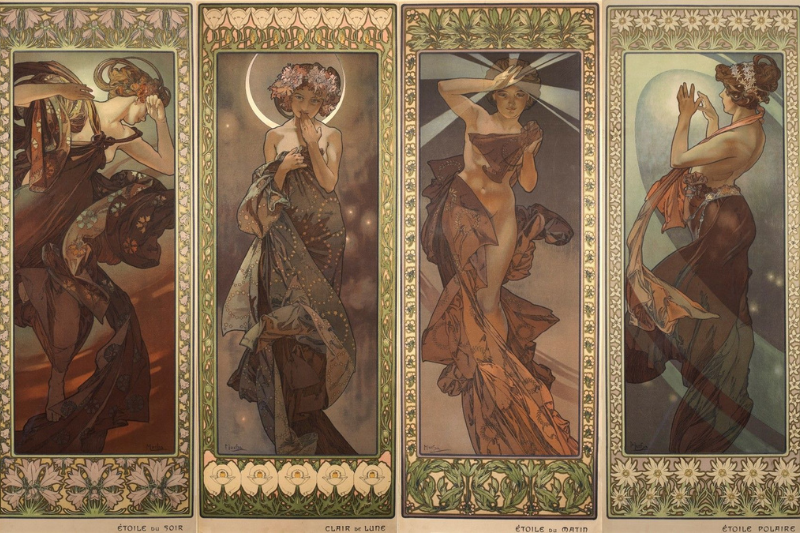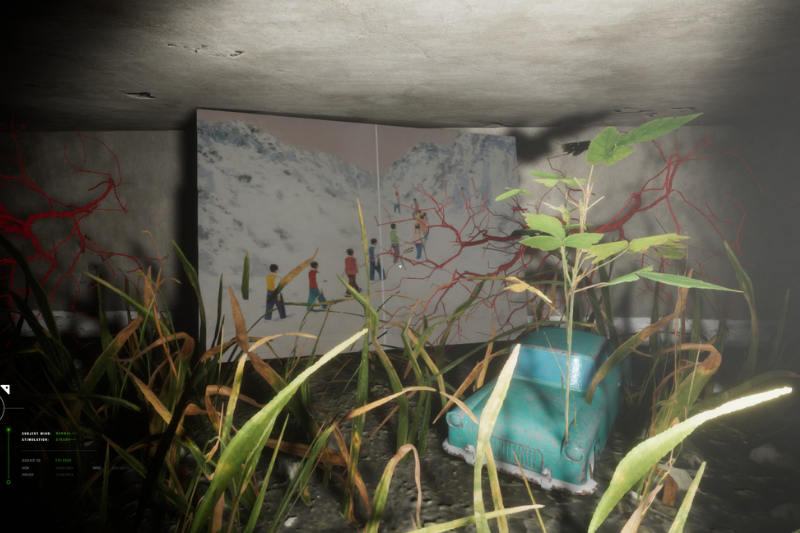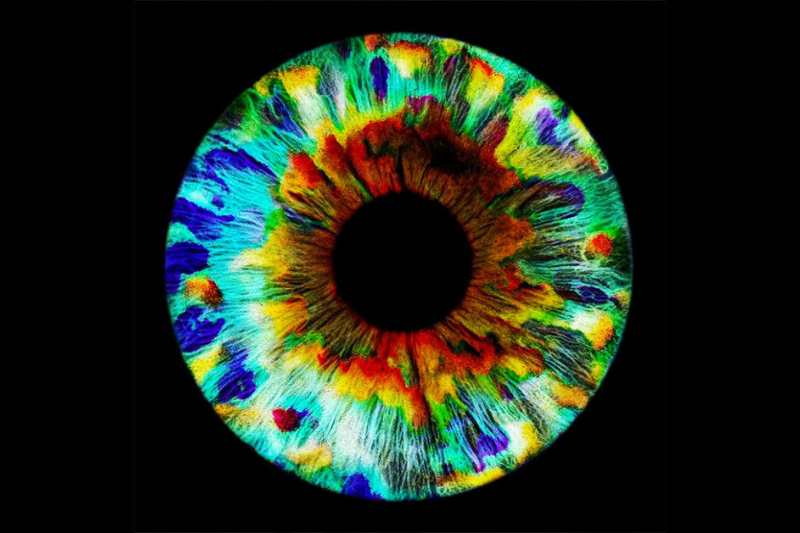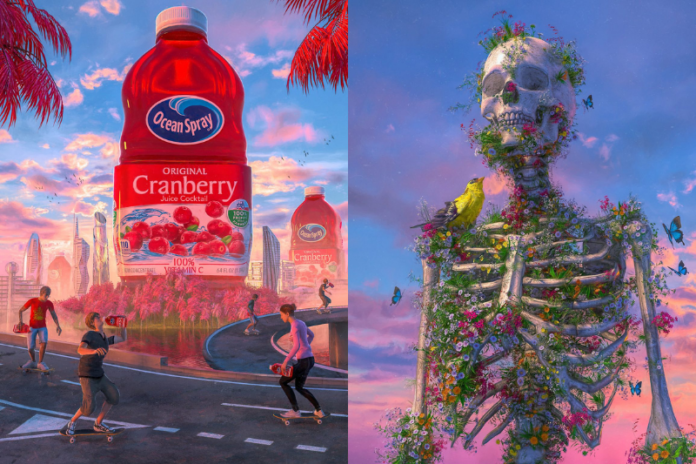The art industry is making a shift towards the digital, revolutionizing the way that one can create, buy, and sell art. Whether it be through social media, physical or online events, and platforms, or new media like AI and VR, we are experiencing an art revolution.
Humans have been creating fine art since the dawn of our species, starting with vivid images of game animals found in caves from France to Indonesia. Art is interpretive, it reflects the inner vision of the creator, designed to resonate with the feelings, emotions, and intellect of the viewer.
Visual art is constantly evolving. For example, there was a time when easel oil painting was a new, transformative medium. Now we are following the development of virtual reality and Crypto Art.

Digital art gradually emerged in the late 1980s with the advent of personal computers. Forty years later, we have a screen-dominated world in which the average person spends ten hours a day on digital devices. At the same time, there has been a drastic reduction in the cost of digital art software, with exponential growth in chip power and bandwidth. This has made digital art creation accessible to artists and other creatives willing to explore the potential of this medium.
Digital technology and artistic expression are now inextricably intertwined. This exciting integration of art, computers and design is made possible by the brilliant synergy of art, mathematics, science and technology. It is thanks to this merger that we can now visit immersive exhibitions and virtual galleries.

The primary challenge for digital artists and digital designers, especially when compared to traditional art, is to use digital tools to create memorable images that genuinely engage the viewer’s senses and intrigue their intellect.
Among the advantages of digital art, there are:
- efficiency and cost-effectiveness;
- versatility;
- permanence;
- perfect replication;
- strong impact for minimal cost;
- expands time for the creative input.
Virtual reality, and the eventual synthesis of it with our everyday lives, seems to be becoming an inevitability, considering Mark Zuckerberg’s rebranding of Facebook to Meta and its consequent introduction of the “metaverse.” VR is a familiar medium already in the digital art world, along with AR and artificial intelligence (AI). Notably, because of VR technology and virtual galleries, art exhibiting has become more accessible in a world where people must keep their distance.

Also, thanks to the rise of NFTs, sales of digital works have actually outpaced sales of their physical counterparts, demonstrating renewed interest in the digital art market with new collectors and a more “public” system.
Digital Mediums give people more access to industries that have previously been reserved for the elite. There is a decentralization that is happening around the movement towards digital art.

























